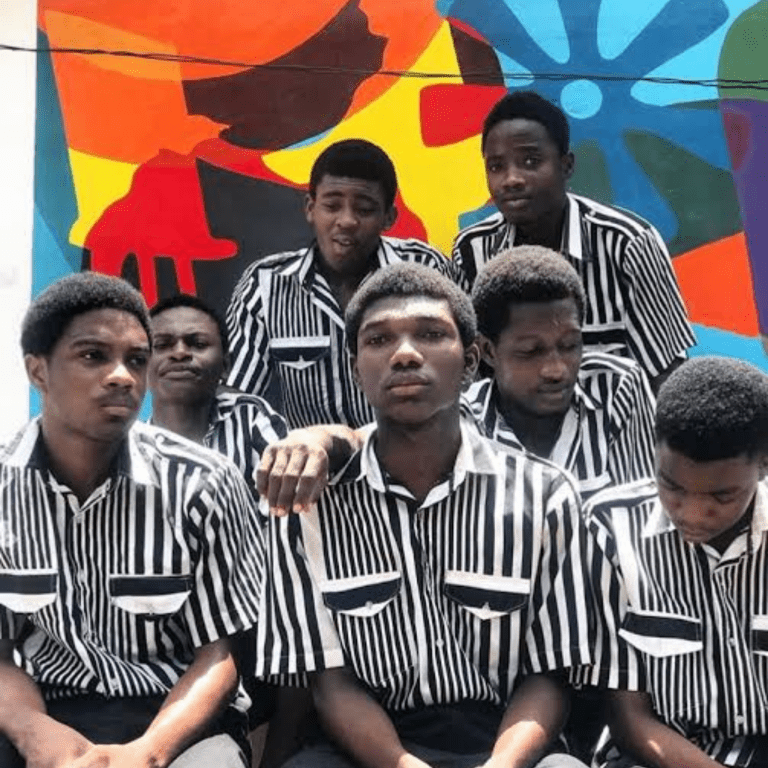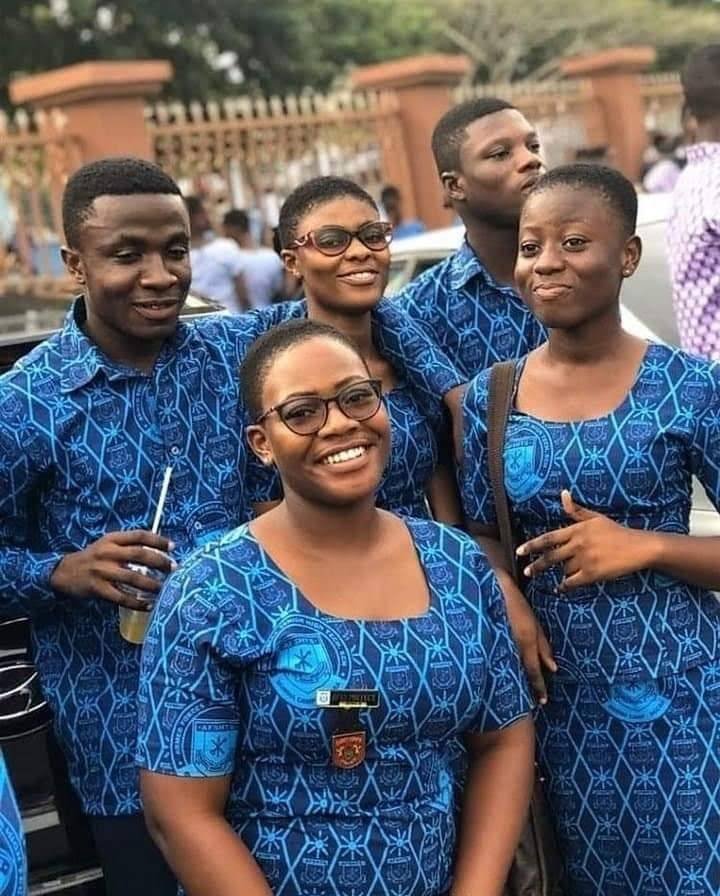In Africa, uniform wear is the physical adornment of a pupil or student going to school. It is also a tool of identity for respective schools to stand out amongst hundreds of schools. Virtually in schools in Africa, the mode of dressing is accustomed to the way colonization had augur their lifestyles to be. This can be traced back to the European missionary days, owing to the fact that they established most of the schools (especially, public schools) , thereby, choosing uniform wears that will suit their taste and doctrine.
However, since independence from the colonialism of Europe paying to call the tune for Africa’s piper, the narrative then has to be changed.
In Ghana, all children have to wear school uniforms. Pupils in public schools have the same type of school uniform with the school’s emblem imprinted on the left chest. This helps to distinguish pupils of one school from the other. Private schools determine which uniforms their pupils wear.
Ghana like most African countries is characterized by low incomes and high levels of poverty. Hence, the cost of school uniforms acts as one of the impediments to accessing good education. In an effort to achieve universal basic education, the government, as part of its educational policy, initiated free school uniform distribution throughout the country in 2010. According to government data, a total of 170,221 pupils were supplied with free school uniforms in 2013 and it planned to supply 10,000 uniforms in 2014. There are public programs to offer poor families financial help to buy uniforms. This is part of a program instituted in 2010 to supply disadvantaged children with school uniforms.

However, Ghana has taken a bold step in its push to further decolonize by introducing their own pure African school uniforms.
According to a commentator, most countries use post colonial uniforms in Africa and it’s high time they emulated and considered the African print uniforms.
Although, some Ghanaian parents across the sixteen regions of Ghana had initially expressed dissatisfaction over the introduction of the new school uniforms by the Ghana education service, but majority of Ghanaians and other African countries see it as a welcome development.
On March 6, 1957, the Gold Coast (now known as Ghana) gained independence from Britain. The West African country was led to independence by Kwame Nkrumah, who transformed the country into a republic, with himself as president for life.
Just like many African countries, Ghana is diverse in several languages. About 50 indigenous languages are spoken throughout the country and the most known language is spoken being Akan.
Moreover, English is the official language and also the formal language of instruction at all levels of education.

The introduction of this African-styled uniform is a brightening and encouraging moment for students in Ghana. This endearment of African culture is something that puts most if not all school uniforms in the continent to shame. Ghanaians have been able to go above and beyond in restoring African pride in the traditions left behind by our colonizers.
Historically, uniforms can be dated as far back as 1522, in the United Kingdom. It was mainly adorned by poor children, or those without parents and needed charity. The classic type of uniform has morphed through the ages, yet none has the unique and befitting African radiance Ghanaian school uniforms bring to the table.

